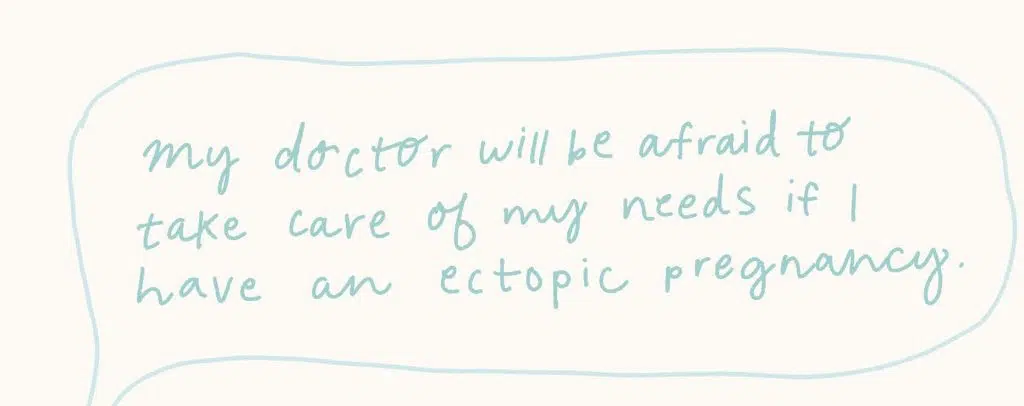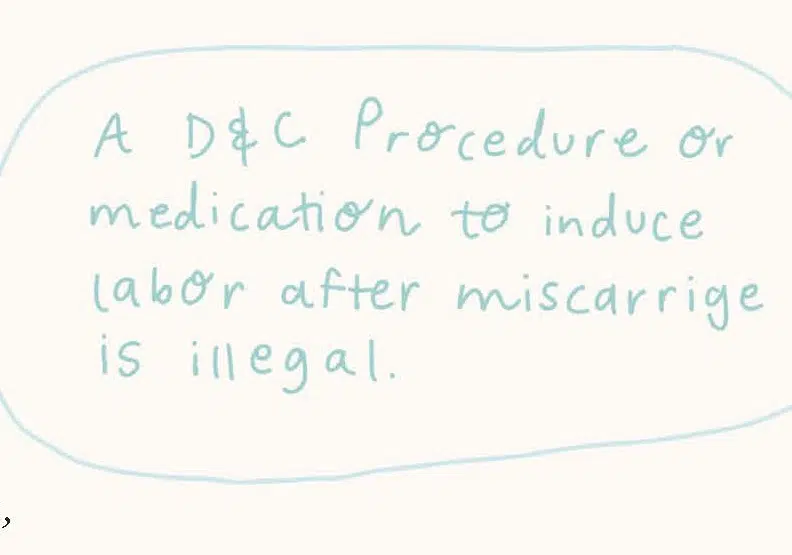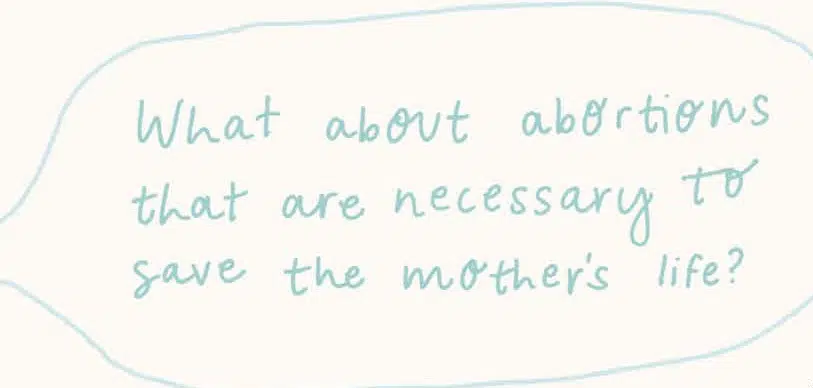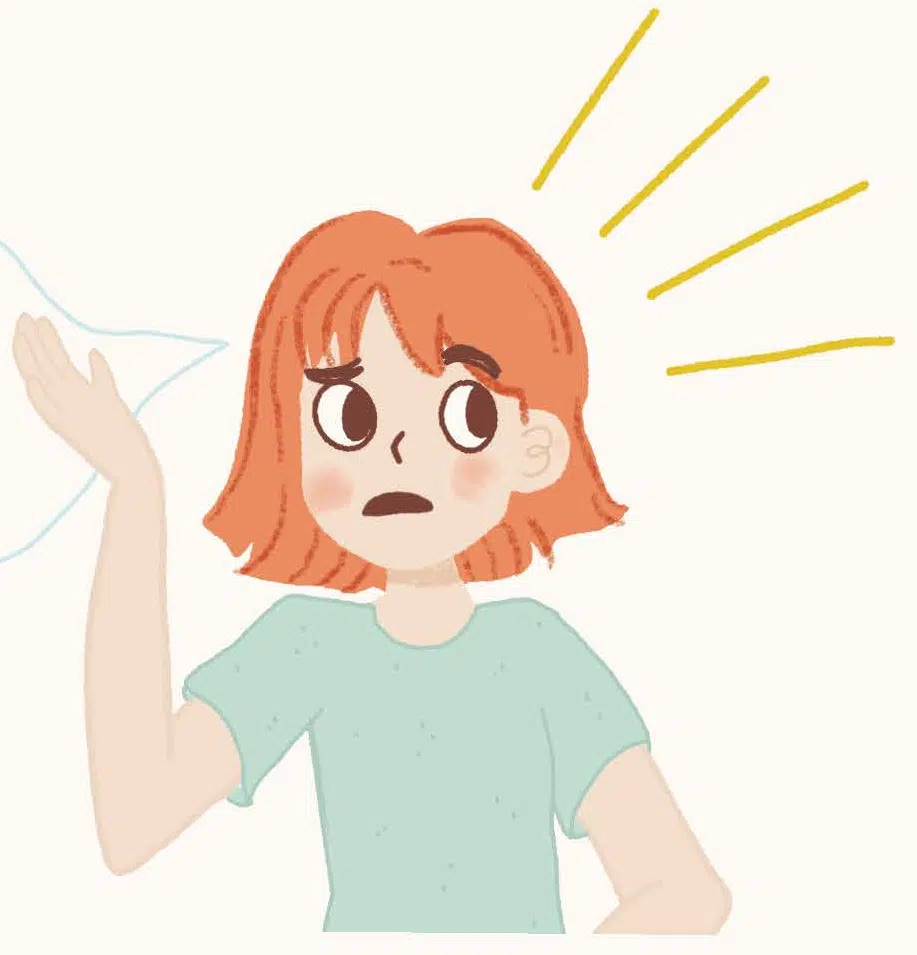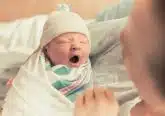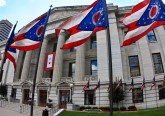Roe Myth Busters

Ohio passed the “Heartbeat Bill” in 2019. Although signed by Governor Mike DeWine, a court injunction put the law’s enforcement on hold for nearly three years.
But when the Dobbs case overturned Roe and Casey on June 24, 2022, Attorney General Dave Yost successfully petitioned the court to dissolve that injunction—in Ohio, abortion is now restricted once a fetal heartbeat is detected. Kentucky banned all abortions with rare exceptions, and Indiana just passed an abortion ban that goes into effect in mid-September.
Because surgical abortions are typically performed after detecting the child’s heartbeat, most legal abortions that occur in Ohio will happen through chemicals (mifepristone pills). Surgical abortion centers in our area are still seeing plenty of clients, who are now either pressured into an abortion even quicker than before or referred to an affiliate in the nearest state that has lighter abortion restrictions (such as Michigan or Illinois). So, despite the lifesaving Heartbeat Bill in Ohio, there remains much to do to give every child an opportunity at life and save every woman from the tragedy of abortion.
Following the Dobbs ruling, considerable misinformation spread about the abortion bans over fears that women’s health procedures are also banned, such as those for ectopic pregnancies and natural miscarriage. I want to take time here to help everyone understand how to respond if you hear comments like these:
This is a very common misconception, especially on social media right now. Pro-life laws do not make illegal the procedures necessary for removing an ectopic pregnancy before it ruptures and endangers the mother’s life. Legally speaking, it does not fall in the category of intentionally killing an unborn life. The procedure’s purpose is clearly to save the mother’s life in a situation where the child’s life cannot be saved.
Many women are falsely being told that the treatments that follow a natural miscarriage are considered abortions and will therefore be illegal unless the mother is proven to be within moments of dying. When a child dies in the mother’s womb, this is a tragedy; but then removing that child from the mother is not an abortion, whether by medication or surgery.
There are situations when it can be risky for a woman to carry her child to term, but despite claims that an abortion is thus necessary, abortion is actually never necessary. Abortion is killing the child before removing him or her from the mother’s body, however, you can deliver the child early (through induced labor or C-section), then try to save the child. If the child dies, that is not an abortion.
The Dobbs ruling was a blessing long prayed for and for which we praise God. After Dobbs, we still have women in difficult pregnancies and we still need our pregnancy care centers, shelters and other support services. Please continue to support them in your local communities, and continue advocacy for stronger laws that close abortion centers in our state to stop them from referring people to other states. Finally, continue to fast and pray for a complete end to abortion. Unlike the abortion industry, the pro-life community actually and always supports the life and health of the mother, in addition to the life and health of her child.
This article appeared in the October 2022 edition of The Catholic Telegraph Magazine. For your complimentary subscription, click here.










